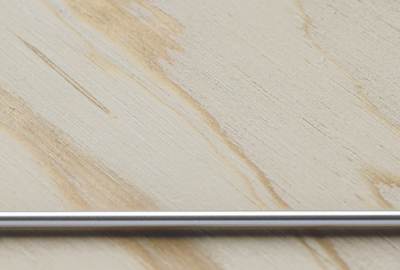Commercial
How Thou Mayest Coffee Roasters use a FireBoard

Next door neighbor to FireBoard Labs, Thou Mayest Coffee Roasters use a FIreBoard 2 to help monitor and track the temperature of their test batches.
Fundamentally the process of roasting coffee beans is simple: heat green coffee beans evenly to desired taste. The longer you roast the bean the darker it will become, which produces a strong taste and almost smokey aroma. But this extended roasting time can get in the way of the natural flavors the bean has to offer. Medium and lighter roasts can unlock the wide variety of flavor profiles that beans can yield. These flavors can have lighter sweet, floral, citrus or fruity properties, or heavier experiences of spices, cocoa, or caramel. Even earthy, vegetive flavors can occur. Click here for a description of how professional coffee tasters use a Flavor Wheel to determine tasting notes.

Thou Mayest roasts small test batches of about 125g
All of this flavor potential is dependent on variables including what kind of coffee plant, the region and elevation at which the plant was grown, and bean roasting and ultimately brewing.

Thou Mayest’s Quest M3 small batch roaster upgraded with a FireBoard FBX2 and a long competition probe to monitor and record roast temperatures.
In light of this, the importance of a roastmaster is clear. These virtuosos have a deep understanding of what a bean is capable of and what is required to bring those flavors out.

Thou Mayest’s roaster Mike Showalter roasting a small scale batch.
Small Batch Roasting and Cupping
Taking the process a step further, a roasting company must consistently create that great flavor again and again in order to deliver to their customers the characteristics that they are expecting. Thou Mayest has 5 standard roasts each offering the drinker a unique flavor experience. Click here to learn more about their roasts.

Thou Mayest owner Bo Nelson (right) and roaster Mike Showalter (left) discuss how to roast one of the many samples that are sent to them from coffee bean brokers.
Small scale sample roasting is a key part to consistent roasting. After all, coffee beans are ultimately a natural product of a plant, that can vary.
Once test roasted, the beans are brewed for a sample tasting known in the industry as “cupping”. This reveals valuable data such needed to scale that small batch up to production size.

Mike at Thou Mayest Coffee roasting a batch of Smooth Operator, with data gathered from a small batch roast and cupping.
Coffee brewing equipment manufacturer Fellow Products explains cupping and offers a run down of how to perform your own here.
Packed for Freshness
Freshness is yet another variable that can effects the flavor and aroma of a cup of coffee. To ensure all of the intricate flavors make it to their customer, Thou Mayest packs their roasted beans in air tight bags that are equipped with a oneway valve. This allows the carbon dioxide gas to release and keeps oxygen an other contaminants from entering.

Tim packing freshly roasted beans at Thou Mayest Coffee Roasters.







Leave a reply